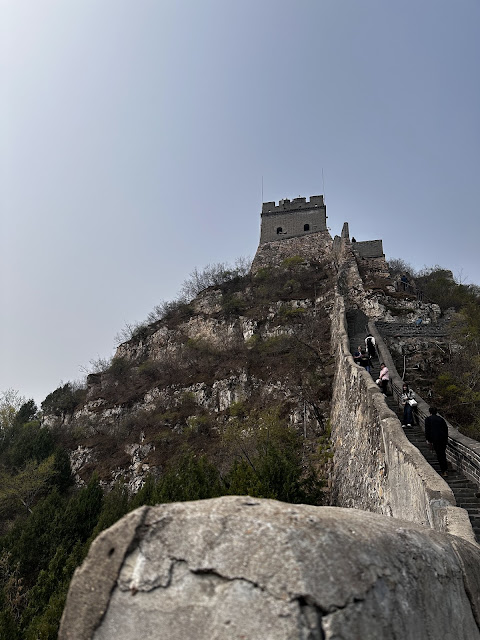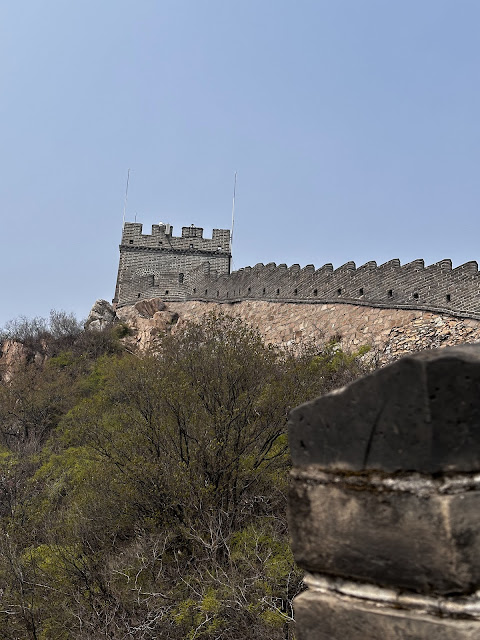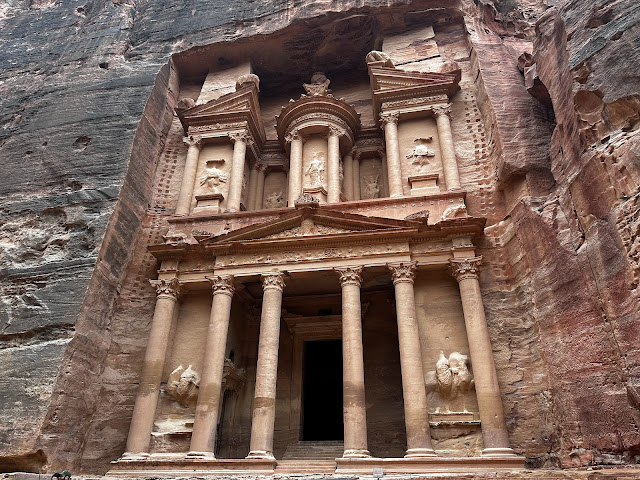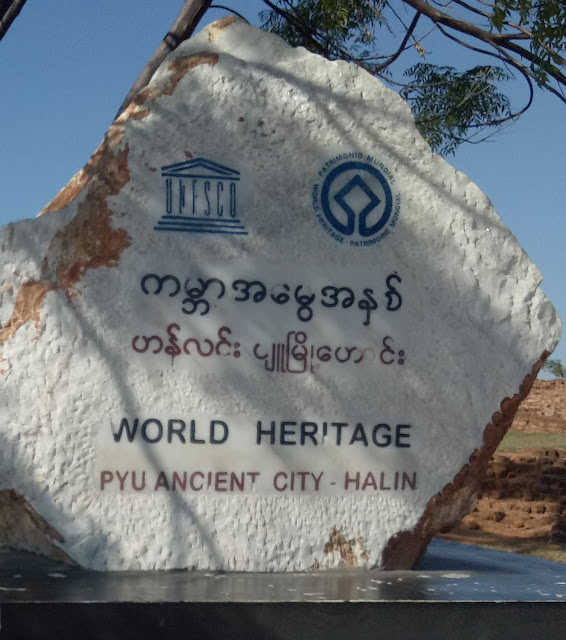The Great Wall of China
The Great Wall of China is a series of fortifications built across the historical northern borders of ancient Chinese States and Imperial China. It served as protection against invaders, as well as a form of border control through regulating both trade (by imposition of duties on goods transported along the Silk Road) and travel (immigration and emigration). While several walls were constructed from as far back as the 7th Century BCE, around 220 BCE under the reign of Qin Shi Huang, the first emperor of China (reign: 221 BCE – 210 BCE), sections of the earlier constructions were joined to form the original Great Wall.
The construction and maintenance of the wall continued under subsequent rulers, up to the Ming Dynasty (1368 CE – 1644 CE). During the Ming Dynasty, the Great Wall was the largest military structure in the world. The best-known sections of the Great Wall that remains today were built during the Ming Dynasty, including the current pass route of the Juyong Pass which is one of the most visited attractions in China. The main structure intact today consists of walls, watch towers, horse tracks, shelters, and fortresses.
The overall length of the Great Wall is estimated to be 21,196 Km (13,171 miles). It is widely considered that the wall runs from Shanhaiguan in Hebei province in the east, up to Jiayuguan in Gansu province to the west. This includes the Ming Great Wall (8,850 km), portions of the wall constructed during the Qin, Han and earlier dynasties (3,080 km), Jin Dynasty border fortifications (4,010 km), with the remainder being attributed to the eras of Northern Wei, Northern Qi, Sui, Tang, the Five Dynasties, Song, Liao and Xixia. Today, approximately 31% of the wall is located in Inner Mongolia, with a further 19% in the Hebei province in Northern China.
The Great Wall of China forms part of both the “Seven Wonders of the Middle Ages” and the “New Seven Wonders of the World.” It was inscribed as a UNESCO World Heritage Site in 1987 CE.










Comments
Post a Comment